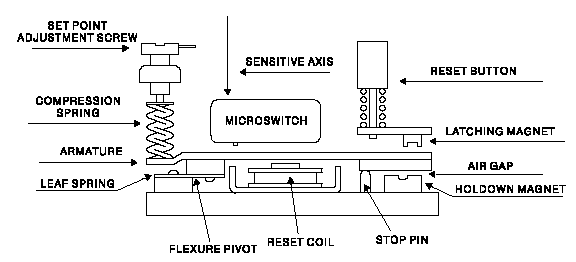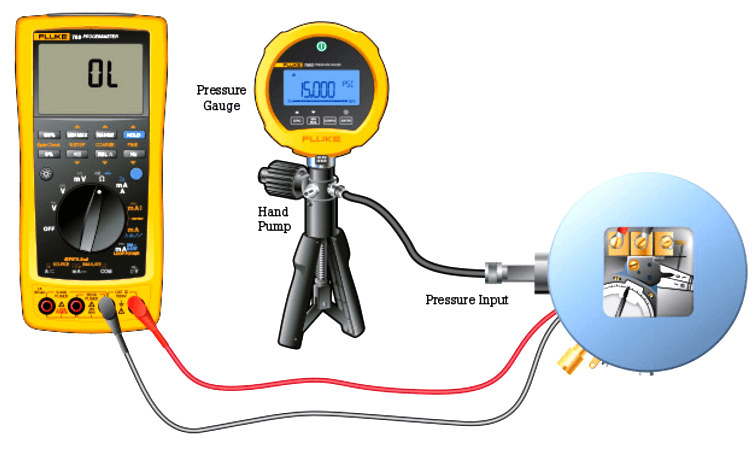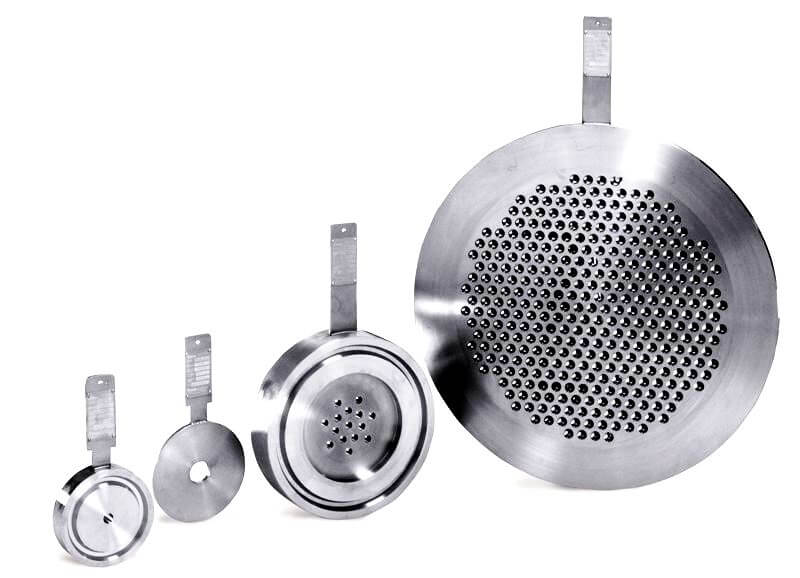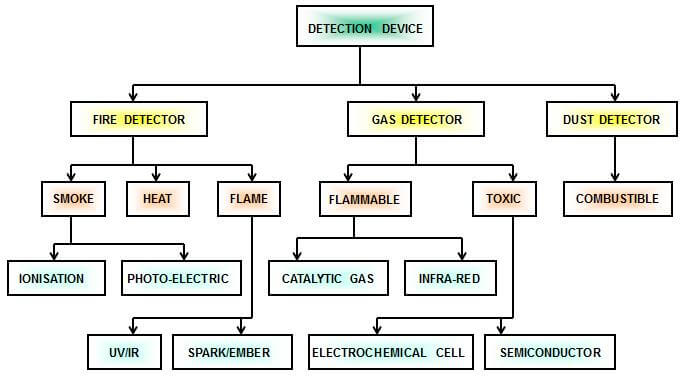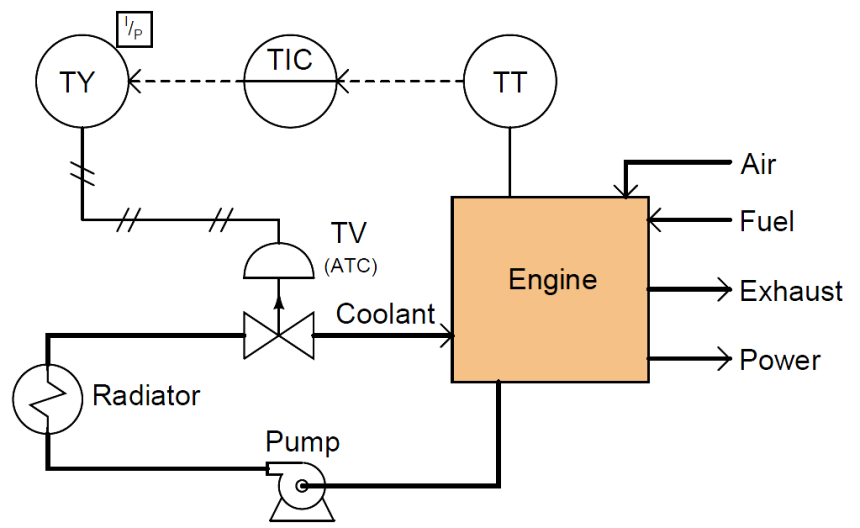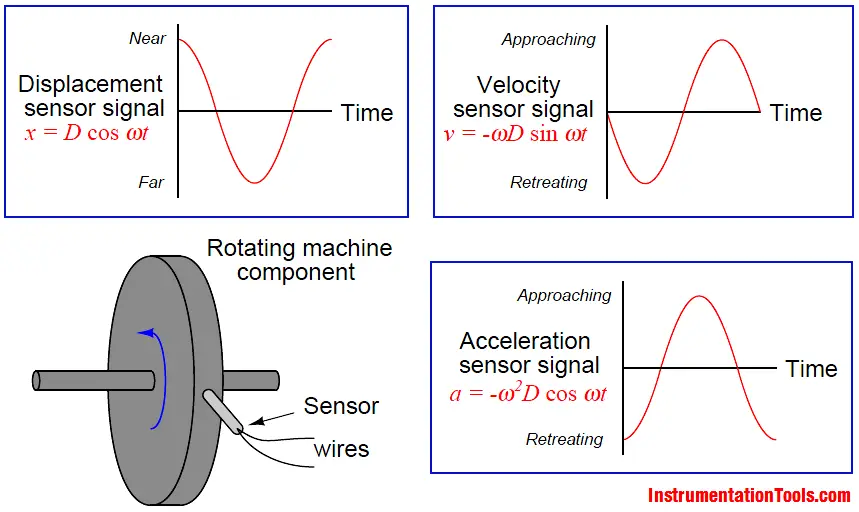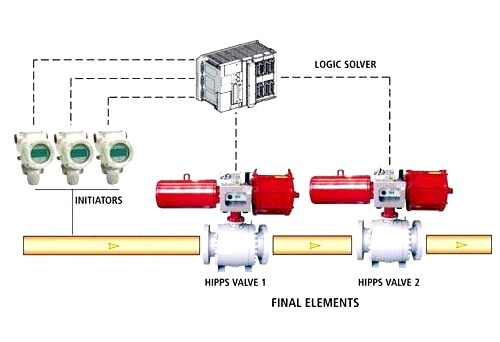Vibration Switch Working Principle
A vibration switch is a device that recognizes the amplitude of the vibration to which it is exposed and provides some sort of response when this amplitude exceeds a predetermined…
How to Test a Pressure Switch ?
Accurate calibration of pressure switches is a critical step in ensuring process quality and the safe operation of equipment. The setup is similar to pressure gauge calibration except now a…
Basics of Restriction Orifice (RO) – Types, Applications, Standards
Restriction orifice (RO) is used to achieve controlled or restricted flow of process medium. The orifice offers a restriction to the process flow.
Types of Fire and Gas Detectors
Fire and Gas System or portion of a combination system that consists of components and circuits arranged to monitor and annunciate the status of fire or presence of gas alarm…
Overview of Fire/Smoke/Flame/Heat/Gas Detectors
Fire Detectors Fire detectors are available for residential, commercial, and industrial use. Models are available for both single and multiple stations, as well as system applications. There are a number…
How to Select Control Valve Failure Mode
Valve fail mode may be shown in instrument diagrams by either an arrow pointing in the direction of failure (assuming a direct-acting valve body where stem motion toward the body…
Flame Detectors Working Principle
FLAME DETECTORS Most fire detection technology focuses on detecting heat, smoke (particle matter) or flame (light) – the three major characteristics of fire. All of these characteristics also have benign…
How Vibration sensors Work ?
Sensors used to measure vibration come in three basic types: displacement, velocity, and acceleration. Displacement sensors measure changes in distance between a machine’s rotating element and its stationary housing (frame).…
What is Wellhead Control Panel?
It is very common in the oil & gas plant to control its oil or gas well through a wellhead control panel (usually called WHCP).
What is High Integrity Pressure Protection System?
High Integrity Pressure Protection System (HIPPS) is a Safety Instrumented System (SIS) designed to prevent an unsafe condition caused by pressure arising.
